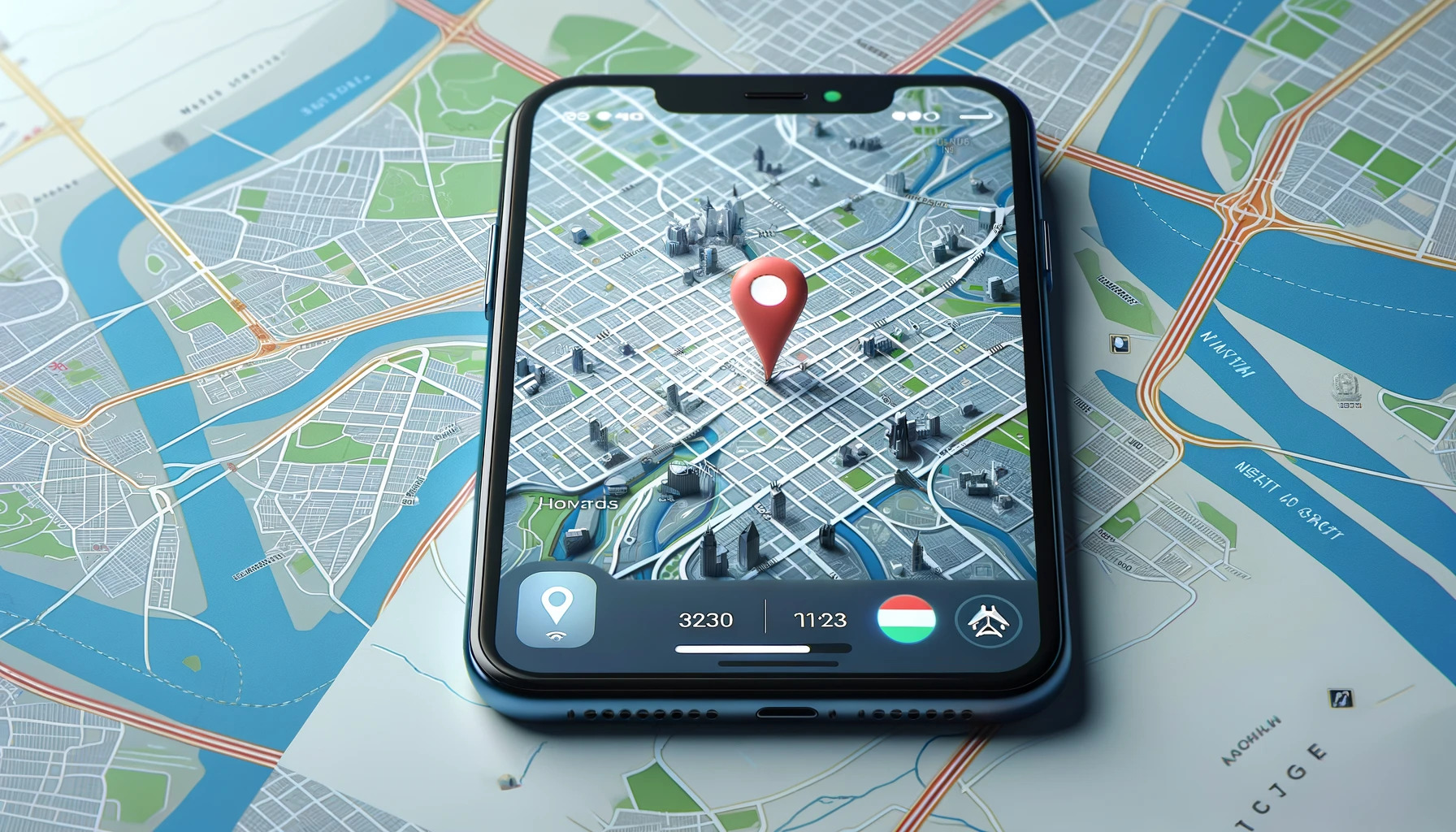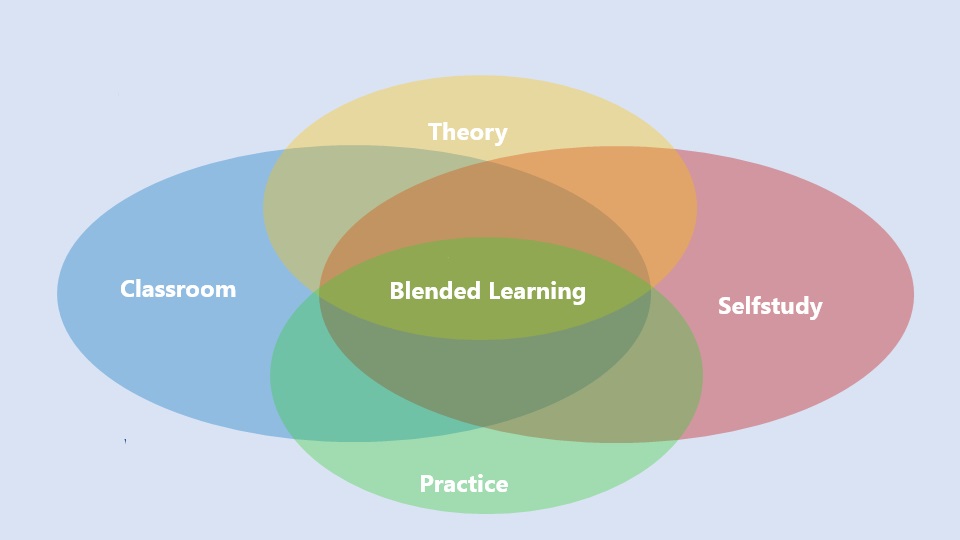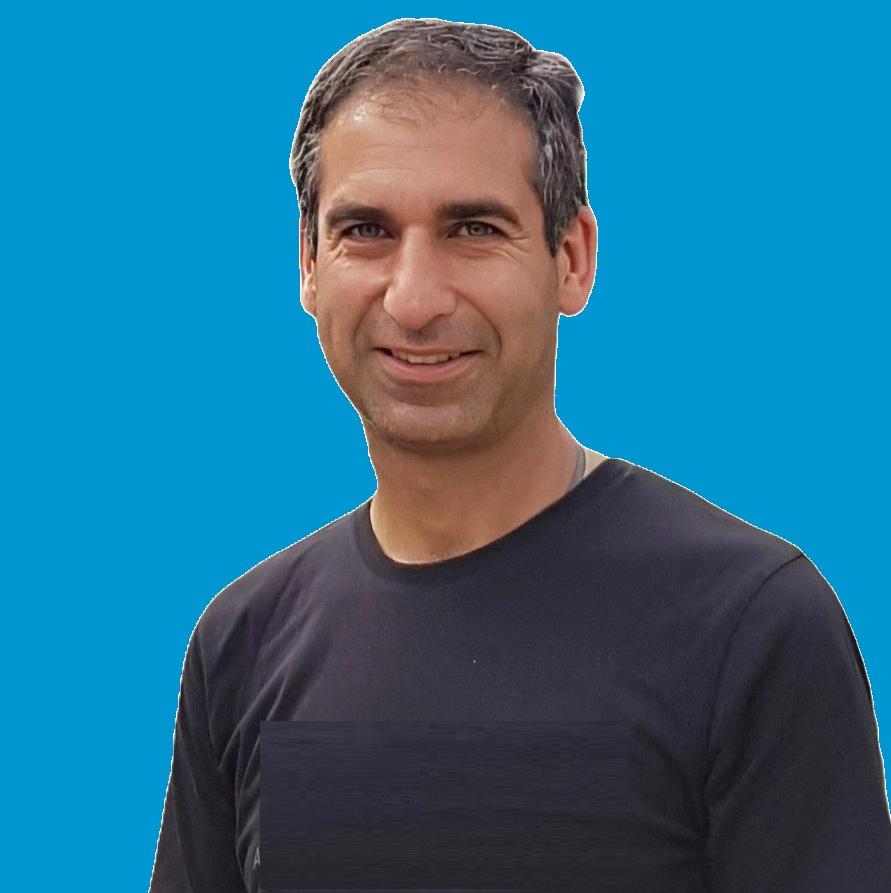Blended Learning is an educational approach that combines live, face-to-face online instruction with digital learning experiences. This approach integrates the strengths of both live virtual and self-paced digital environments to create a flexible, personalized learning experience for students.
Key components of Blended Learning include:
- Face-to-face instruction: Traditional teaching methods like lectures, discussions, and in-class activities.
- Online learning: Digital content delivered through video lessons, interactive modules, and online discussions.
- Student control: Learners have the flexibility to control the time, pace, path, or place of their learning through online components.
Blended learning is increasingly popular as it leverages technology to provide more individualized instruction, support diverse learning styles, and combine synchronous (real-time) with asynchronous (self-paced) experiences.





